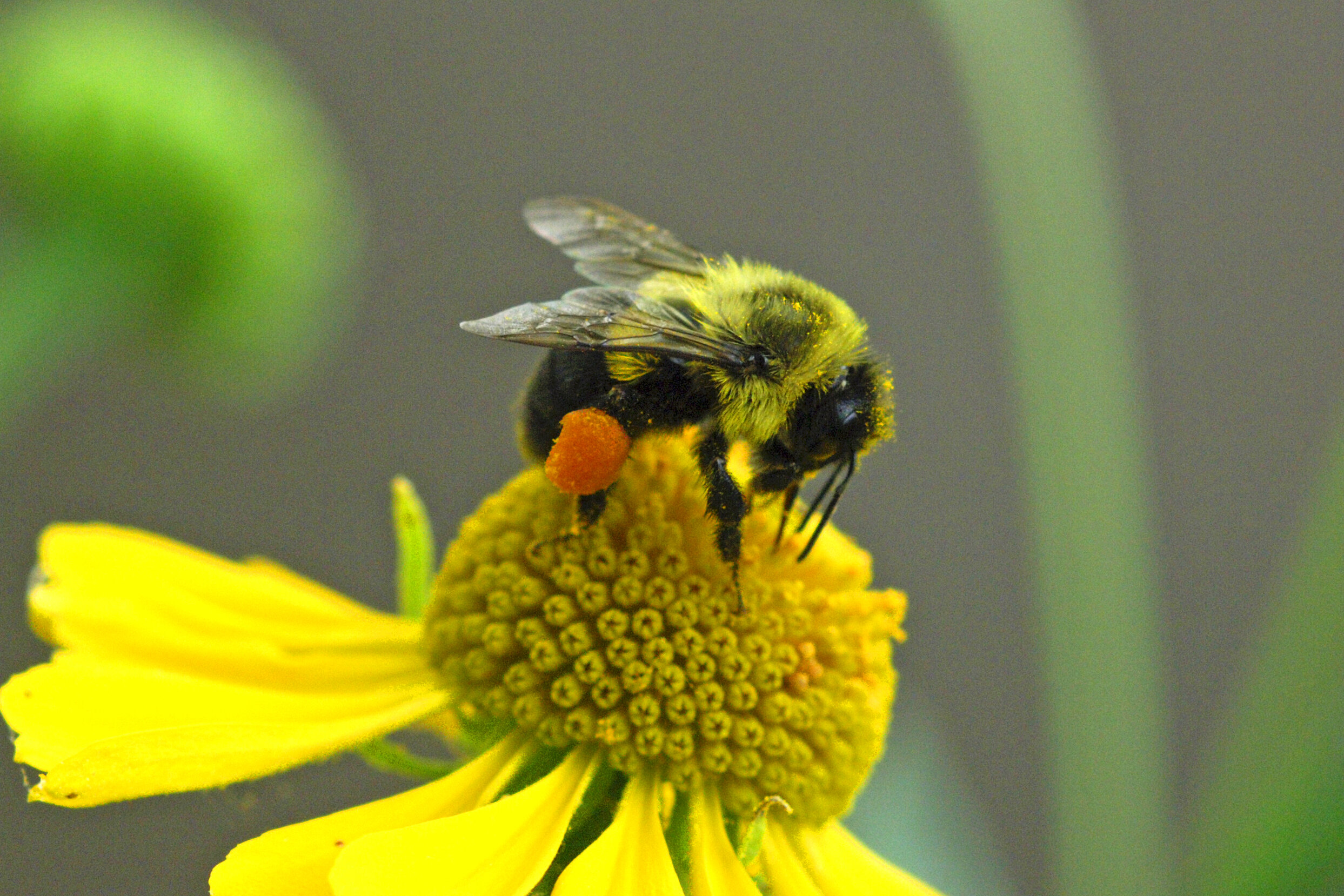Photo: Bumble Bee, Randy Streufert
Tom Blackburn
Infill development – most of us have seen it, and many have experienced it close at hand. This practice of replacing modest houses with mansions that fill the entire lot removes the last remnants of undeveloped land. Bit by bit, our community is losing habitat vital to the existence of wildlife.
If we want to continue to hear birdsong each morning, watch monarchs and swallowtails flit through our yards, and smile nostalgically at fireflies lighting up the night, each of us has a responsibility to create and preserve as much habitat as possible. ASNV’s Audubon at Home (AAH) program can help us do just that.
AAH has a corps of volunteer naturalists who will visit your property and make recommendations to help you establish natural habitat. They visit residential backyards, schools, churches, HOA common areas and parks, giving advice on how to grow native plant species, remove invasives and replace sterile turf grass with plants that support insects, birds and other wildlife.
Creating natural habitat is not as difficult as it may appear. AAH Ambassadors can help you plan even a small garden of native plants or make suggestions on what to grow in the containers on your deck or balcony. They can also offer advice on reducing pesticides or help you chose a water feature to attract dragonflies or allow birds to bathe. Any step you take to make your property more inviting will attract insects, birds and other wildlife. It doesn’t take long. “Build it and they will come,” is an apt description of what to expect.
You can also seek certification of your property as a Wildlife Sanctuary. AAH maintains a list of 42 species that demonstrate the attractiveness of your property to wildlife. If you observe at least 10 of the species on your property and take AAH’s Healthy Yard Pledge, you can apply for certification as a Wildlife Sanctuary. If you wish, you can purchase a sign advertising your property’s attractiveness to wildlife. That might encourage your neighbors to take their own steps to create and preserve wildlife-friendly habitat – one property at a time. The wildlife and our next generation will appreciate it.
Bumble Bee, Randy Streufert


